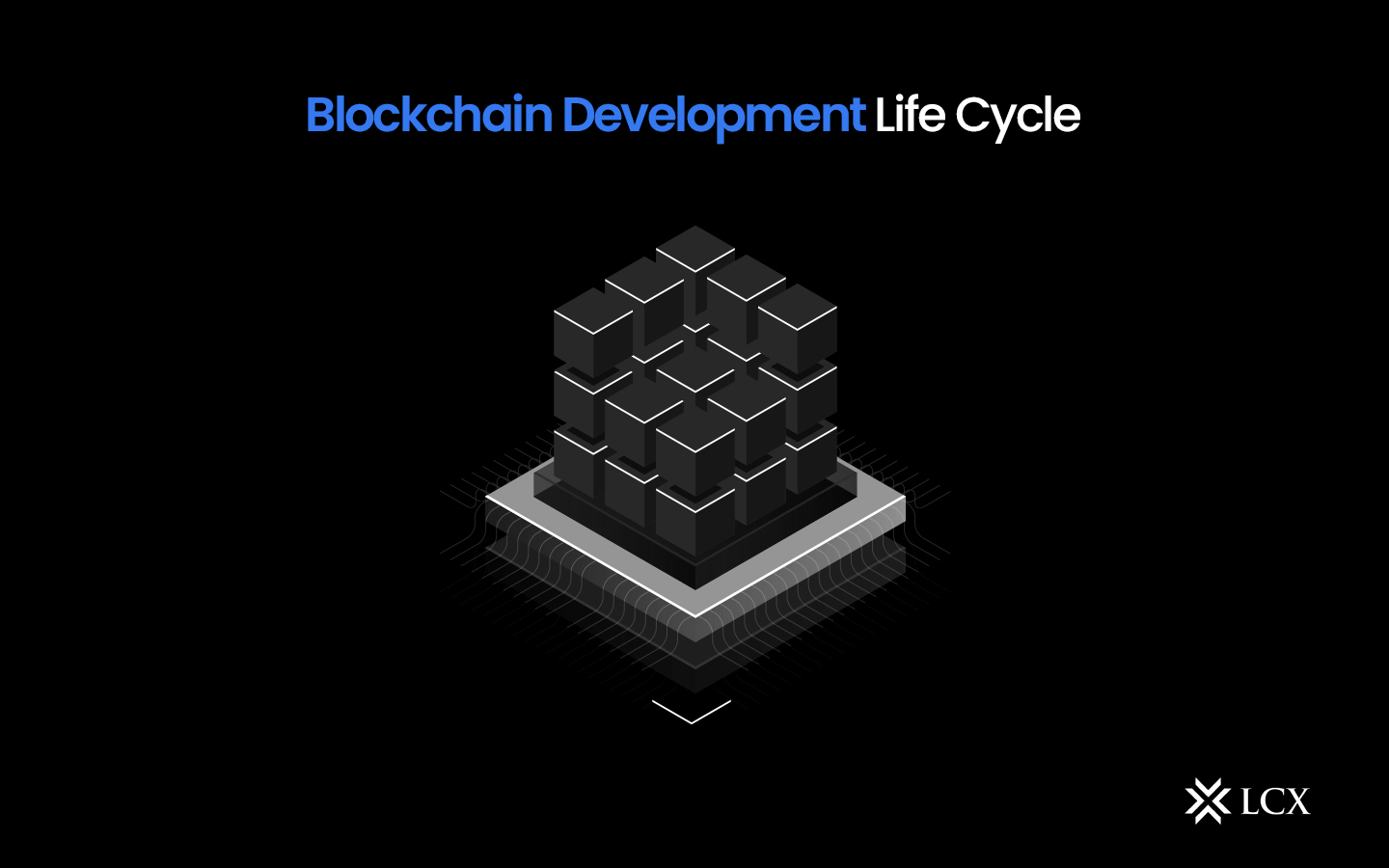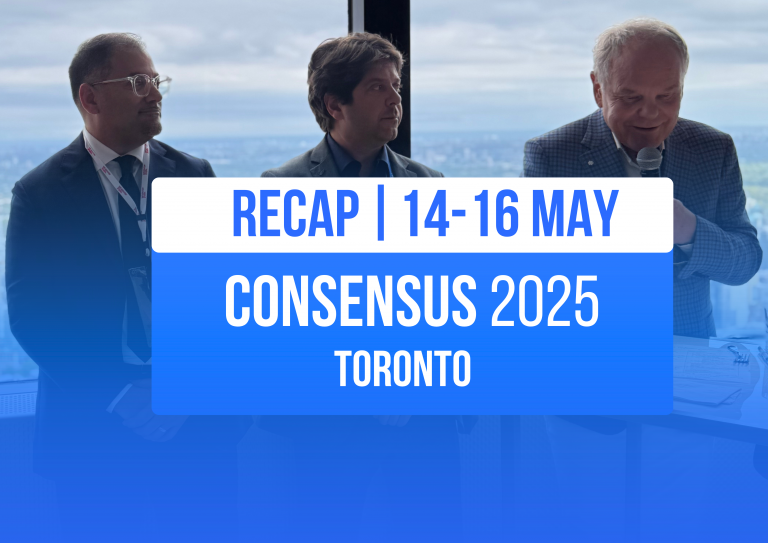In the realm of digital innovation, blockchain technology has emerged as a disruptive force that promises to revolutionize industries across the globe. With its decentralized and transparent nature, blockchain has the potential to reshape the way we conduct business, store data, and verify transactions. However, harnessing the power of blockchain requires a comprehensive understanding of its development life cycle.
What Is Blockchain Development?
The creation of a blockchain-native application is referred to as blockchain application development. In a number of significant ways, blockchain development differs from conventional application development. In reality, a considerable amount of planning precedes blockchain development due to additional factors such as selecting the optimal incentive scheme, the intended level of transparency, specific group permissions, etc. Core blockchain developers are accountable for the entire lifecycle of blockchain development. The lifecycle entails investigating the architecture and identifying blockchain application use cases. Additionally, blockchain developers optimize the blockchain database for various applications and systems.
How Is a Blockchain Developed?
Blockchain-based databases are notoriously difficult to breach or manipulate, making them an ideal location for storing sensitive data. The development of blockchain software necessitates an understanding of how blockchain technology operates. To master blockchain development, developers must have interdisciplinary knowledge, such as cryptography, and popular blockchain programming languages such as Solidity.
A significant portion of blockchain development is devoted to information architecture, i.e., how the database will be structured and how the data will be distributed and accessed with varying levels of permissions. For example, whether it should be based on distributed ledger technology. In turn, this decision will impact everything, including which parties have access to which data, how the data is to be shared between parties, whether majority voting will guarantee the modification of data, etc.
Blockchain Development Process
Conceptualization and Ideation
The first phase of the blockchain development life cycle involves conceptualizing and ideating the blockchain project. During this phase, the development team identifies the problem or inefficiency that can be addressed by blockchain technology. They brainstorm ideas and define the project’s objectives, use cases, and target audience. Moreover, feasibility analysis and market research are conducted to ensure the viability and potential of the project.
Requirements Analysis and Planning
Once the concept is defined, the blockchain development team embarks on requirements analysis and planning. In this phase, they define the functional and non-functional requirements of the blockchain solution. This includes determining the desired features, scalability, security, and performance parameters. A comprehensive assessment of the technical feasibility, potential risks, and regulatory implications is conducted. It is crucial to establish a clear project plan, including timelines, resource allocation, and a realistic budget, to guide the development process.
Design and Architecture
With a well-defined plan in place, the development team proceeds to design the blockchain solution. This phase involves creating the architecture, data models, and smart contract designs that will govern the blockchain network. The team must carefully consider the choice of consensus mechanism, blockchain platform, and level of decentralization required. The goal is to strike a balance between security, scalability, and performance while ensuring interoperability with existing systems and compliance with industry standards.
Development and Implementation
The development and implementation phases are the heart of the blockchain development life cycle. The development team translates the design and architecture into a tangible blockchain solution. They write and test smart contracts, build the necessary blockchain infrastructure, and integrate the solution with existing systems. This phase demands expertise in programming languages like Solidity and familiarity with blockchain frameworks such as Ethereum, Hyperledger, or Corda. Thorough testing, including security audits and performance testing, is essential to ensure a robust and reliable blockchain system.
Deployment and Network Launch
After rigorous testing and quality assurance, the blockchain solution is ready for deployment and network launch. This phase involves setting up the production environment, configuring nodes, and establishing network connectivity. The deployment process varies depending on the chosen blockchain platform, whether it’s a public blockchain, private blockchain, or a hybrid solution. The launch should be accompanied by comprehensive documentation, user guides, and training programs to facilitate seamless adoption and integration within the target ecosystem.
Maintenance and Upgrades
Once the blockchain network is live, ongoing maintenance and upgrades are critical to ensure its optimal performance. This phase involves monitoring the network, identifying and resolving any issues or bugs, and providing timely updates and patches. Continuous improvements, such as scalability enhancements and security upgrades, are essential to address the evolving needs of the ecosystem. Regular audits and compliance checks are necessary to maintain data integrity and security, instilling trust among users and stakeholders.
Conclusion
The blockchain development life cycle encompasses a holistic approach to harnessing the potential of this transformative technology. From ideation to maintenance, each phase demands meticulous planning, technical expertise, and a deep understanding of the target industry. Embracing blockchain technology offers unparalleled opportunities for increased efficiency, transparency, and trust in various sectors. By following a well-structured development life cycle, organizations can navigate the complexities of blockchain development and unlock the immense potential it holds for a decentralized and secure future.










